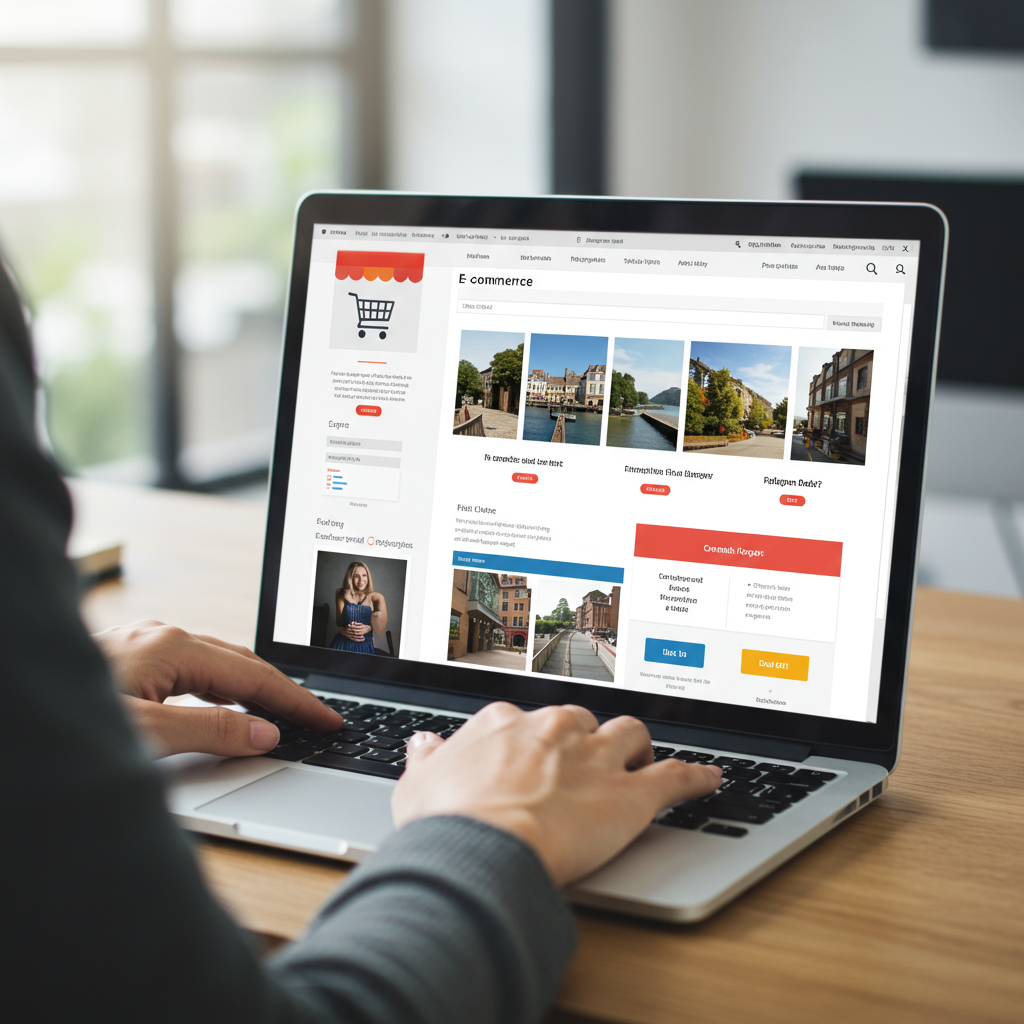A comprehensive guide from my experience to help you launch, grow, and thrive on Shopify.
Hello fellow entrepreneurs! I remember the excitement, and perhaps a little overwhelm, when I first launched my Shopify store. It’s a fantastic platform, but getting noticed and making those initial sales can feel like climbing a mountain.
That’s why I’ve put together this guide, sharing some of the most effective growth hacks I’ve learned and applied over the years, specifically tailored for new Shopify sellers like you. My goal is to help you accelerate your journey from launch to consistent sales.
First and foremost, let’s talk about **Niche Validation and Product Selection**. Before you even think about marketing, are you sure there’s a demand for what you’re selling? I always advise new sellers to deeply research their niche.
Don’t just pick a product because it looks cool. Use tools like Google Trends, Amazon Best Sellers, or even Etsy to see what’s popular and what people are actively searching for. A validated niche makes everything else so much easier.
Once you have your products, your **Store Presentation** is paramount. Your Shopify store is your digital storefront, and first impressions truly matter. I’ve seen too many new sellers rush this step.
Invest time in choosing a clean, professional theme. Shopify offers many excellent free themes that are perfectly adequate to start. Focus on clear navigation, a consistent brand aesthetic, and mobile responsiveness.
Next, let’s talk about **High-Quality Product Photography and Descriptions**. This is where many new sellers fall short, and it’s a critical area for conversion. I cannot stress this enough: good photos sell products.
If you can’t afford professional photography right away, use your smartphone and natural light. Ensure your images are well-lit, in focus, and show the product from multiple angles. Lifestyle shots are also incredibly effective.
Your product descriptions aren’t just about listing features; they’re about telling a story and highlighting benefits. I always write descriptions that address potential customer pain points and explain how my product solves them.
Moving on to **Search Engine Optimization (SEO) Basics**. You want people to find your store organically, and SEO is how you achieve that. It might sound complex, but for new sellers, a few simple steps can make a big difference.
I always start by researching relevant keywords for my products and niche. Use these keywords naturally in your product titles, descriptions, and blog posts. Shopify’s built-in SEO features are quite user-friendly.
Ensure your product images have descriptive alt text. This helps search engines understand what your images are about and improves accessibility for visually impaired users. It’s a small detail that adds up.
Now, let’s dive into **Email Marketing**. This is one of the most powerful tools in your arsenal, and I recommend setting it up from day one. It allows you to build a direct relationship with your customers.
Start with a simple welcome series for new subscribers. Offer a small discount for signing up. Then, set up an abandoned cart recovery sequence. I’ve seen these sequences recover a significant percentage of lost sales.
Don’t forget to segment your audience as you grow. Tailoring your emails to specific customer groups can dramatically increase open rates and conversions. Personalization is key in today’s market.
**Social Media Marketing** is another essential channel. You don’t need to be everywhere, but I advise new sellers to pick one or two platforms where their target audience spends the most time.
Focus on creating engaging content that showcases your products in action, behind-the-scenes glimpses, and user-generated content. Consistency is more important than virality in the long run.
Consider running small, targeted paid ad campaigns on platforms like Facebook or Instagram once you have some initial data. Start with a small budget and scale up as you see positive returns.
**Building Trust and Social Proof** is non-negotiable. People buy from businesses they trust. I always make sure my store has clear return policies, shipping information, and contact details readily available.
Encourage customer reviews! Shopify apps like Loox or Judge.me make it easy to collect and display product reviews. I’ve found that genuine reviews are incredibly persuasive for new visitors.
What do you think about this article so far? Are these tips resonating with your current challenges? I’d love to hear your thoughts.
Let’s talk about **Leveraging Shopify Apps**. The Shopify App Store is a treasure trove of tools that can extend your store’s functionality without needing to code. I use apps for everything from email marketing to upsells.
Start with essential apps like a review app, an email marketing app, and perhaps a simple upsell/cross-sell app. Don’t overload your store with too many apps, as they can sometimes slow down your site.
**Excellent Customer Service** is a growth hack in itself. Happy customers become repeat customers and brand advocates. I always strive to respond to inquiries promptly and resolve issues efficiently.
Go above and beyond when you can. A personalized thank-you note with an order, or a quick follow-up email, can leave a lasting positive impression and foster loyalty.
Finally, **Analyze Your Data and Be Patient**. Shopify Analytics provides a wealth of information. I regularly check my conversion rates, traffic sources, and best-selling products.
Use this data to make informed decisions about your marketing efforts and product offerings. Growth takes time and consistent effort. Don’t get discouraged by slow starts.
Remember, every successful Shopify store started somewhere. By implementing these growth hacks, focusing on your customers, and continuously learning, you’ll be well on your way to building a thriving online business. I wish you the very best on your journey!






